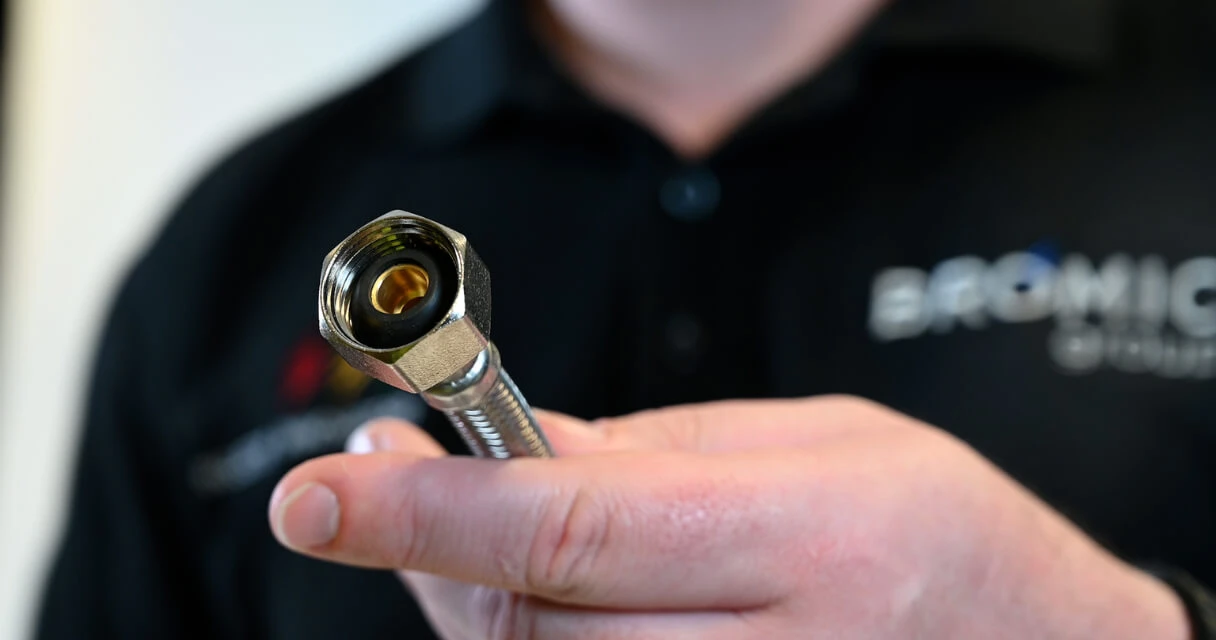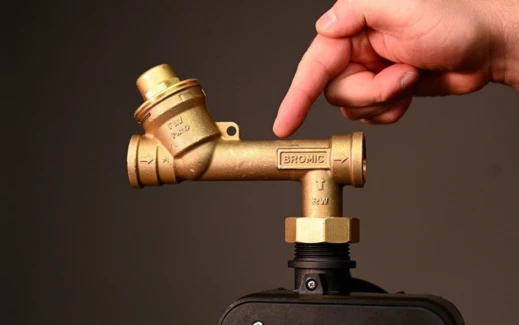
Favourites
Sign in to your account
By adding to Favourites, you can…
- Save products or resource documents you view regularly
- Save time with quick access to frequently viewed items
Please sign in or create an account to add to your Favourites.
Yes. The HF-318 and HF-327 3-Phase Instantaneous Electric Water units used in this project can be configured to meet a wide range of hot water demands in a variety of developments, including multi-dwelling and commercial buildings, as well as any applications requiring consistent, efficient hot water supply.
Without central storage tanks, there is no risk of Legionella growth, corrosion, or sediment build-up. There is also no need for ongoing monitoring. Individual units can be serviced or replaced without interrupting hot water supply to other parts of the building.
For example, the units installed in the Woodlands WA project were WaterMarked to AS/NZS 3498 and installed in accordance with AS/NZS 3500. Each unit features electronic temperature control pre-set to 50°C, meeting safety requirements without requiring a separate tempering valve.
By heating water only when needed, Bromic 3-Phase Instantaneous water heaters eliminate standby losses and reduce wasted cold water. This results in lower energy consumption and reduced running costs for the building.
Yes. Electrical diversity is used when multiple 3-phase EHW units are installed on the same project. Since not all hot water units operate at once, this allows for more accurate electrical load calculations and can significantly reduce the size and cost of wiring, cabling and switchboards.
Adjusting a Bromic gas regulator ensures that gas-powered appliances receive the correct pressure for optimal performance. The process varies depending on the type of regulator (LPG, natural gas, single-stage, or dual-stage), but the general steps are similar.
1. Identify the Adjustment Screw
Locate the pressure adjustment screw on the regulator (typically covered by a plastic cap that needs to be unscrewed). Some Bromic regulators use spring-loaded mechanisms to control gas flow.
2. Turn On Gas & Test Appliance
Slowly open the gas supply and ignite the appliance.
Observe the flame pattern and appliance performance. A steady blue flame indicates proper adjustment.
3. Make Small Adjustments
While the appliance/s are running, measure the dynamic pressure and adjust as required.
Increase Pressure: Turn the screw clockwise (+) to allow more gas flow.
Decrease Pressure: Turn the screw counterclockwise (-) to reduce gas flow.
Adjust in ¼-turn increments, checking the pressure gauge after each adjustment.
5. Check for Gas Leaks
Mix soapy water or a leak detector such as LA-CO Visu-glow Fluorescent Leak and apply it to the regulator connections. If bubbles form, there is a leak – tighten connections or replace seals.
6. Secure the Adjustment & Monitor
Once the correct pressure is set, replace the adjustment cap (if applicable). Monitor the appliance over time to ensure consistent performance.
1. High-Pressure Gas Enters the Regulator
Gas flows from the supply source (LPG cylinder or natural gas line) into the regulator.
This gas is at a much higher pressure than what appliances can handle.
2. Diaphragm & Spring Mechanism Adjusts Flow
Inside the regulator, a spring pushes against a diaphragm, keeping the valve partially closed.
When the outlet pressure drops, the spring opens the valve slightly, allowing more gas to flow.
As the pressure rises, the diaphragm pushes back, closing the valve to reduce flow.
3. Pressure Stabilization
The regulator constantly adjusts the valve opening to maintain a consistent outlet pressure despite fluctuations in the gas supply or appliance demand.
Some regulators have an adjustment screw that allows users to fine-tune the pressure.
4. Safety Venting (If needed)
If pressure builds up excessively, all regulators include a safety valve/vent to release small amounts of gas safely. Ensure this is free of obstruction at all times.
The plumber should check what safety features are required for the installation of each regulator. Additional safety valves can be installed if required – such as an OPSO Valve.
A gas regulator is a device that controls the pressure of gas flowing from a high-pressure source (such as a gas cylinder or supply line) to a lower, usable pressure for appliances. It ensures a consistent and safe gas flow, preventing overpressure that could damage equipment or cause safety hazards.
- Run lock buttons for finger-free use: The run-lock button on Bromic gas torches allows for finger-free operation, providing enhanced convenience and reducing hand fatigue during extended use.
- Pressure regulation: Pressure regulation in Bromic gas torches ensures consistent flame performance, even when working at different angles or with varying gas levels, enhancing precision and reliability.
- Flame adjustment: The flame adjustment feature on Bromic gas torches allows users to precisely control flame intensity. This makes them appropriate for a versatile range of applications, from delicate soldering to heavy-duty heating.
- Child locks: The child lock feature on Bromic gas torches enhances safety by preventing accidental ignition, offering peace of mind during storage and use.
Having the proper accessories for a complete torch kit ensures optimal performance, safety, and versatility for any task. Bromic simplifies the process by providing all essential products in one place, offering reliable, high-quality solutions tailored to your needs, including:
- Gas cylinders: Disposable gas cylinders are compact and lightweight, designed to make work easier for trade applications or confined spaces. We provide a range of disposable gas cylinders ideal for jobs including soldering, brazing, cutting, cooking & fine product repair.
- Gas regulators: Bromic’s gas regulators are precision engineered for welding, cutting and brazing applications with gas cylinders. Our gas pressure regulators are constructed by machine brass and include an accurate flow gauge for easy reading.
- Oxy kits: We supply a range of gas soldering and brazing kits that can be used with various gas applications including brazing, soldering and cutting copper pipes. Instead of using a traditional oxy-acetylene setup, our kits are designed to be used with Oxygen and Map-Pro gas cylinders for extra safety, affordability and lightweight convenience.
- Solder: Bromic’s offers electrical rosin core and acid core solder. They are designed for applications such as use on metal gutters, tin work, small motors and more. They also eliminate the need for flux.
- Flux: Flux is the ultimate flux for all copper soldering applications. This all-weather water-soluble paste leaves no residue in water piping and contains no zinc chloride, reducing corrosion concerns.
- Swivel head: Bromic Swivel head torch helps users easily solder, safely apply a horizontal flame and braze in tight and awkward spaces with one hand. The 360° horizontal swivel head provides greater accessibility, and a fully-adjustable swirl flame produces hot, efficient heat for fast soldering times. It is important to keep the gas cylinder vertical while in use.

STILL HAVE QUESTIONS?
If you have searched our website, document library & FAQs and haven’t found the information you need, please contact us to resolve your query. This will allow us to continually improve the data we share here and elsewhere on our website.



